You’ve got your RV camper all set up for the Summer, and you’re looking forward to some adventures.
The only problem? It’s ginormous, and you’re not sure it’ll fit in the garage. Is there a way to lower a trailer to fit in the garage?
Key Takeaway:
To lower a trailer to fit in a garage, retracting all pop-ups, deflating tires, and removing any attachments from the roof will all help. In addition to correctly measuring the dimensions of a garage door before buying a trailer, other storage options for bigger trailers also exist.
Keep reading to learn how to store a trailer in the garage safely, how to plan for trailer storage, and ways to keep your trailer housed and safe this season.
How Can I Fit My Trailer in the Garage?
Getting an RV trailer into a snug space is a challenge that faces most trailer owners. If you don’t have quite enough space to get your camper in, you’ll want to find ways to reduce the height of the trailer.
For most trailer owners, the interior of the garage is not the issue, as those tend to be spacious and fairly tall. Rather, it’s the dimensions of the garage door that pose a problem. Most garage doors are 7 or 8 feet in height maximum, though specially-built garages can have significantly taller door frames.
It’s important to measure the height of your garage door before buying a trailer to make sure that it fits. It’s also smart to go with a smaller camper, like a Little Guy MicroMax, an Intech RV Luna Rover, or a Forest River R-Pod. Small tear-drop-shaped trailers should fit in a garage with no problem, and shorter trailers can also be accommodated.
But even when you’ve measured, the actual height of the trailer can surprise you once you get it home, as it’s easy to overestimate how tall your door is. So what tricks can you use to lower the trailer height just enough to squeak it in?
Retract All Trailer Pop-Ups
This may seem simple, but make sure all of your trailer pop-ups (if any) are lowered and retracted fully before trying to squeeze in a trailer. Many modern trailers feature tent-like pop-ups that increase overhead interior space and allow for ventilation while saving money on materials like metal and fiberglass.
Make sure these are in and securely latched. Retract any side pop-ups, and get that trailer as short and as slim as you can. Close all windows and secure all valves. Next, turn your attention to the top of the trailer.
Remove Any Roof Attachments
Your next step is going to be removing all attachments that latch onto the roof of your trailer. This can include racks, retractable awnings, detachable solar panels, and storage boxes. Keep them in a safe, dry location within the garage for easy reattachment once the trailer is back outside.
Be aware, also, of clearance lights, tail lights, and work lights. You may have to detach and reattach these lights or reflectors if they’re positioned in a way that increases the height of the trailer.
Generally, it’s a good idea to position any after-market lighting or reflectors in such a way that height is minimized and the lights are flush with the body of the RV. This not only makes getting into a garage simpler, but it also reduces the likelihood of these items getting detached or broken off on the road. If your trailer still isn’t fitting, it’s time to give lowering the tires a try.
Lower the Wheel Height
Another way to get your trailer into a garage is to decrease the size of the wheels by deflating them slightly. You want the trailer to still be drivable but lowered just enough to make it under that garage door.
What psi is safe for an RV trailer? Typically, you won’t want to go more than 15 psi below the recommended psi limit printed on the trailer’s tires. This will generally be a higher psi than the tires on your car or truck, as the trailer’s tires have far more weight to hold up.
Let’s say your trailer tires have a psi recommendation of 50 psi max. Let 5 psi of pressure out of every wheel first, using a tire pressure gauge to determine levels. Try backing your trailer into the garage now. If this is still too high, reduce each wheel by another 5 psi and try again. Anything below 15 psi off of the recommended pressure level may render your trailer hard to drive, and you’ll want to avoid excessive deflation.
Sometimes, deflating the tires modestly reduces the height by just enough to ooch in. But if there’s still no way to get the trailer in, are there other storage options for your camper?
Can I Store a Trailer Outside the Garage?
Apart from completely remodeling your garage, there are several options for storing a trailer outside. A trailer cover may be all you need. These are durable, cloth, fitted accessories that go over your trailer a bit like a massive beanie to protect from dust, pollen, rain, and sunlight.
You may also wish to erect a tall carport in your backyard to help provide greater coverage. Typically made of a metal roof with metal supports on the sides, carports are usually a more economical option than building an entirely new garage or remodeling your old one.
Carports also come in tent-like forms that are less expensive but still provide coverage and privacy, shielding your trailer from public view with cloth doors and panels. All of the above options can also help protect your RV from curious bears, raccoons, mice, pine martens, and squirrels when it’s on your property.
Conclusion
To get a trailer into the garage, begin by retracting all pop-up panels and closing all windows. Next, remove all roof attachments, such as racks and storage boxes, and remove any lights or reflectors that are protruding beyond the height of the trailer roof.
Next, begin to carefully deflate your RV tires, making sure that each tire loses 5 psi at a time. Give backing in a try after each deflation round, being sure not to reduce the original pressure by more than 15 psi in all.
Finally, you may find outdoor storage more convenient. A carport made of metal or a tent-like carport can both work well. A trailer cover can also shield your camper from sunlight, moisture, animals, and pollen.


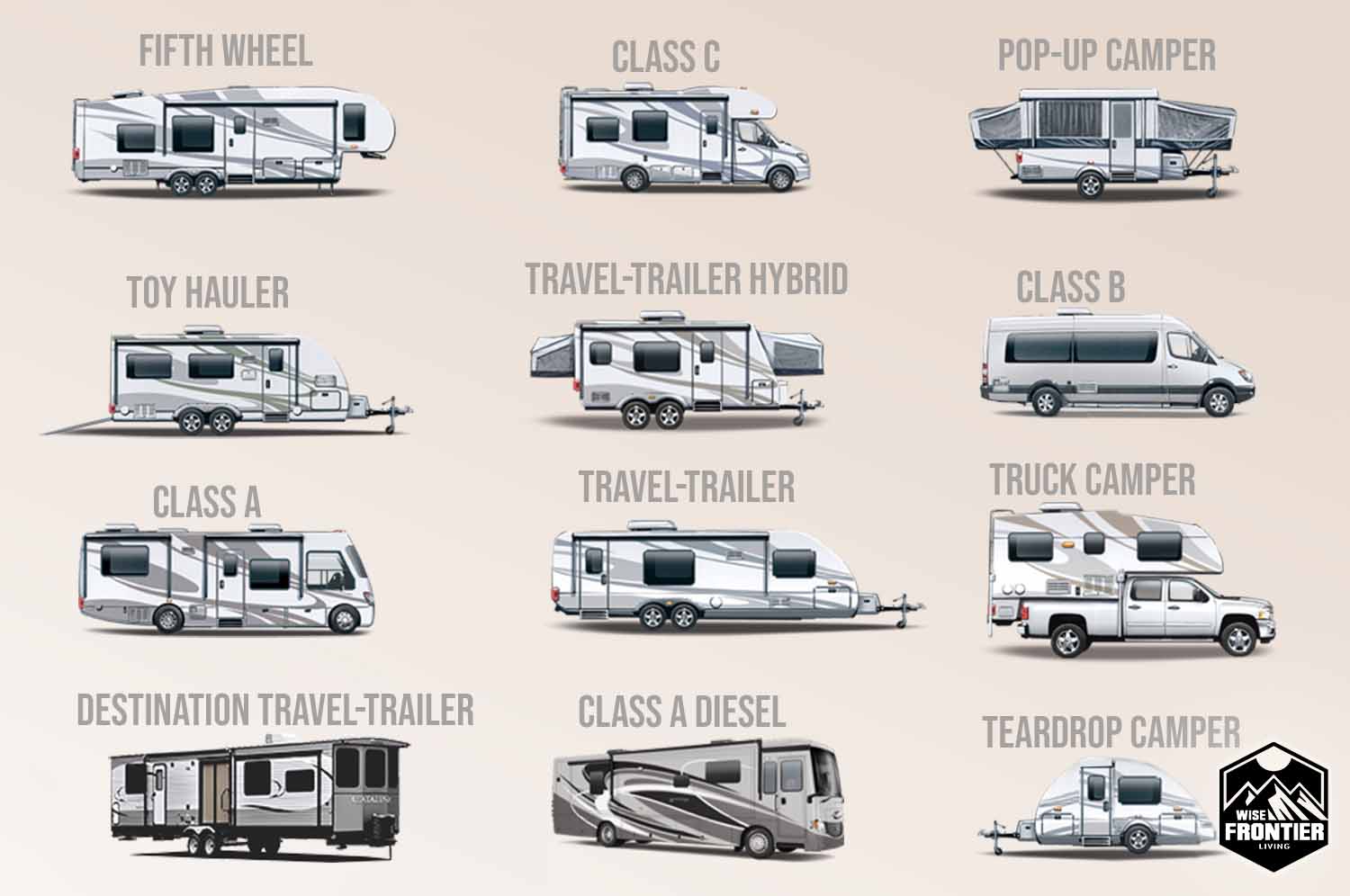
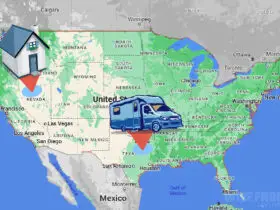
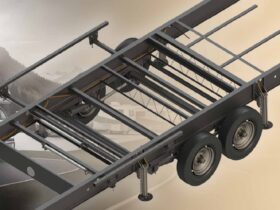

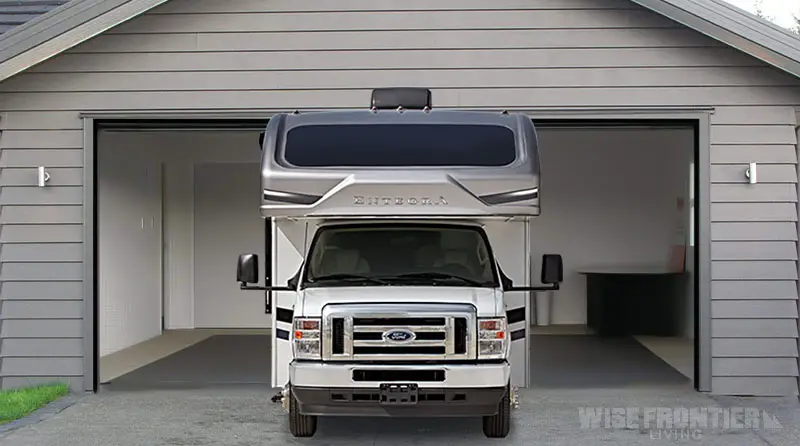
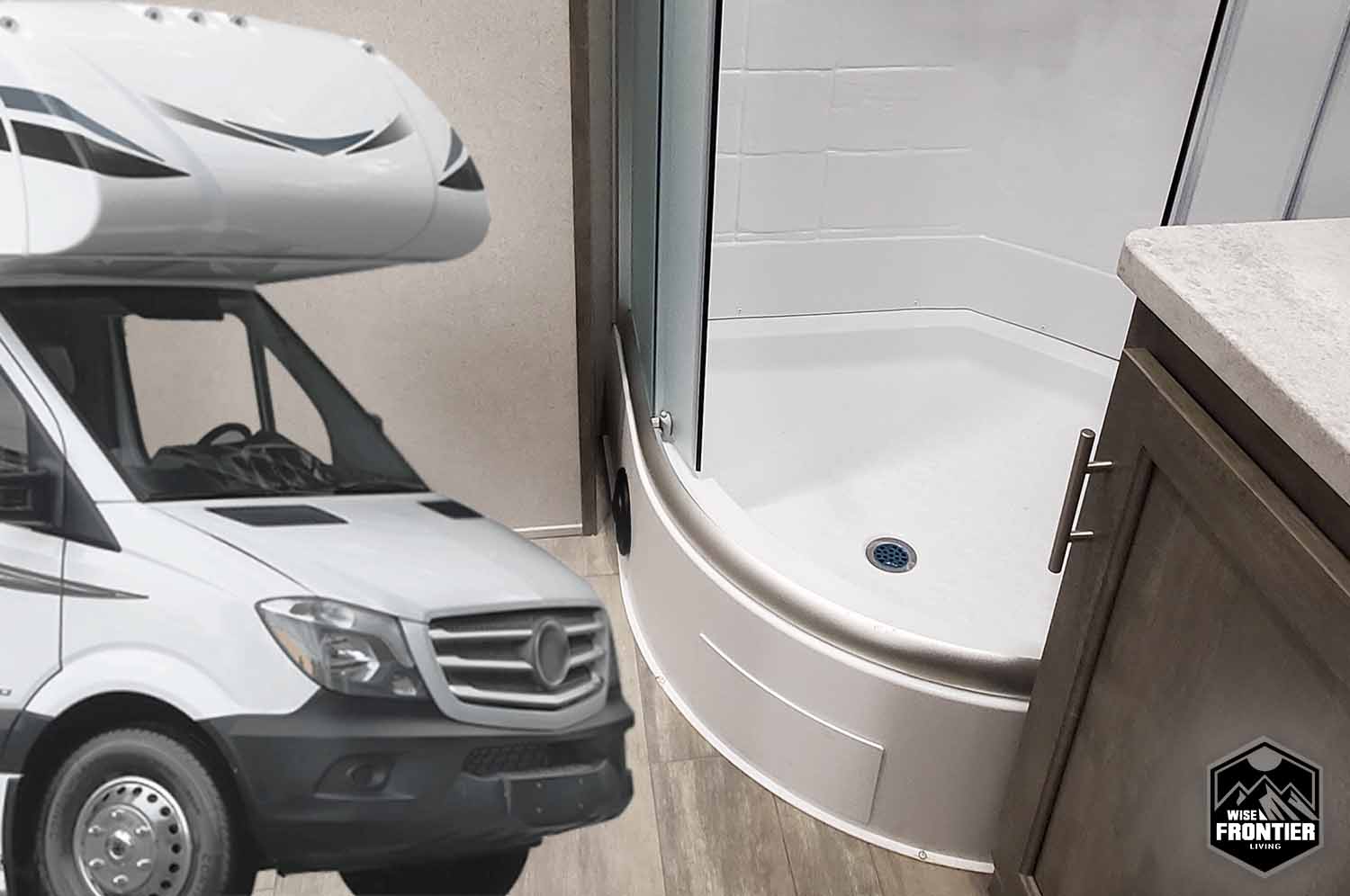
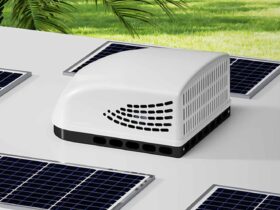
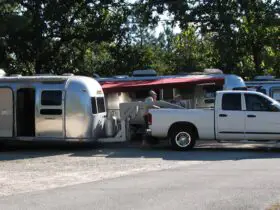
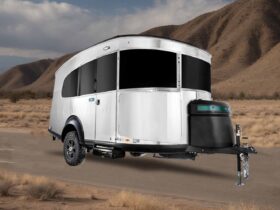

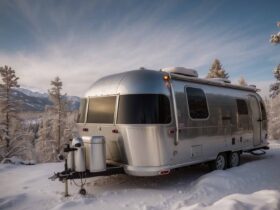

Leave a Reply